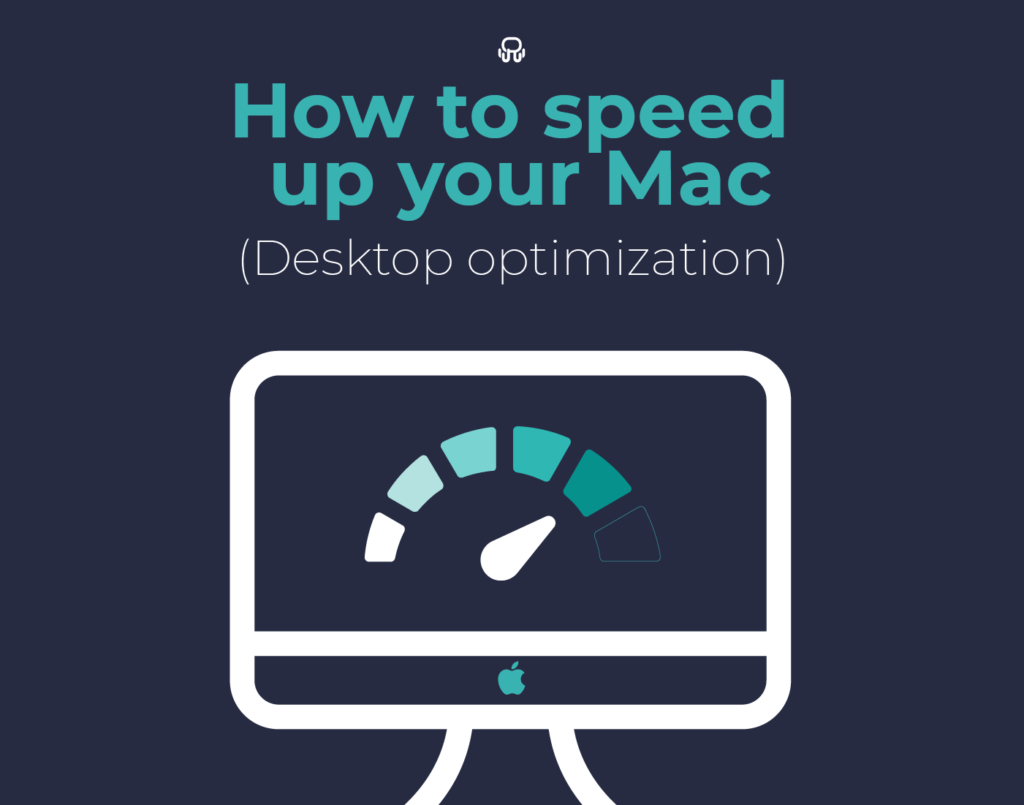Having a slow Mac can be frustrating and negatively impact your productivity. Fortunately, there are several effective methods to speed up your Mac and optimize its performance. This guide will walk you through common problems associated with a slow Mac and provide practical solutions to accelerate its speed. From cleaning up your hard drive to upgrading hardware components, you’ll discover various techniques that can help you improve the performance of your Mac and enjoy a smoother computing experience.
Contents
Common problems of a slow mac
A slow Mac can introduce several common problems that can impact your overall computing experience:
- Decreased Productivity: A slow Mac can significantly hamper your productivity, as tasks take longer to complete, and software may need more responsiveness.
- Frustration and Exasperation: Dealing with a slow Mac can be incredibly frustrating, leading to irritation and exasperation when trying to perform even simple tasks.
- Delayed Workflows: Slow loading times, laggy software, and unresponsive applications can disrupt your workflow and cause unnecessary delays.
- Reduced Efficiency: A sluggish Mac can make even basic operations, such as browsing the web or managing files, time-consuming and inefficient.
- Potential Data Loss: A slow Mac may encounter errors or crashes, increasing the risk of data loss if files are not regularly saved or backed up.
- Incompatibility with New Software: As new software versions and updates are released, a slow Mac may need help to meet the minimum requirements, making it incompatible with the latest applications and features.
Best ways to speed up your mac
If you’re looking to enhance the speed and performance of your Mac, there are several effective strategies you can employ. This section will delve into the best methods to optimize your Mac’s performance and address the common issues contributing to a slow system.
Clean up your hard drive
To speed up your Mac, cleaning up your hard drive regularly is essential. Here are some steps you can take:
- Delete unnecessary files: Remove old documents, downloads, and files you no longer need. Empty the Trash to free up disk space.
- Clear cache and temporary files: Cache and temporary files can accumulate over time and take up valuable disk space. Use a utility like “Disk Utility” or third-party apps to clear these files.
- Uninstall unused applications: Review your installed applications and uninstall those you no longer use. This can help free up disk space and reduce background processes.
- Manage large files: Identify and delete large files that occupy significant disk space. You can use the “Finder” search or third-party apps to locate and remove them.
- Archive old files: If you have files you don’t need immediate access to, consider archiving them to an external storage device or cloud storage. This helps declutter your hard drive.
Regular maintenance and removal of unnecessary files can contribute to a faster and more efficient system.
Manage startup items
To optimize the performance of your Mac, it’s crucial to effectively manage the applications that automatically launch when you start your computer.
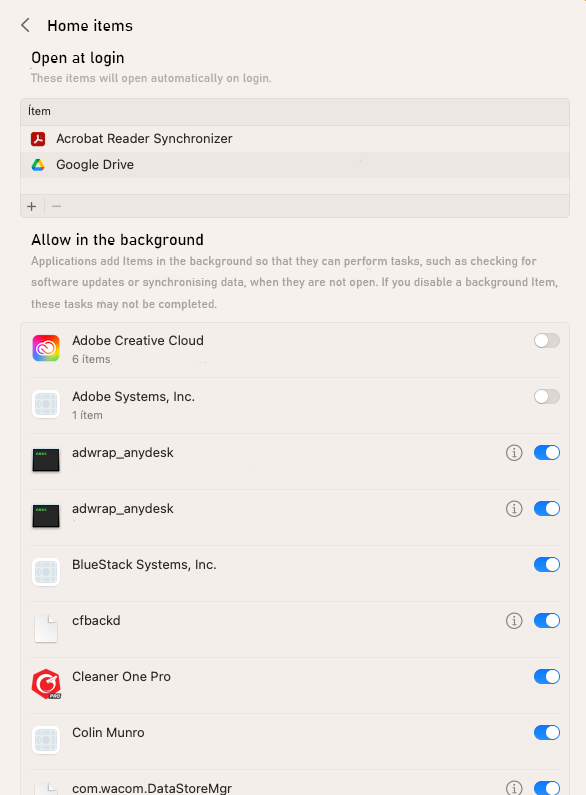
Take a moment to review the list of programs that are set to launch at startup. This list is in the “Users & Groups” section of “System Preferences.” Identify any programs you don’t need to open automatically when you start your Mac. Select them from the list and click the “-” button to remove them from the startup items.
Determine which applications are essential for your workflow and keep them in the startup items list. This ensures that they load quickly when you boot up your Mac.
Update macos and apps
To maximize the speed and performance of your Mac, it’s crucial to update your macOS and applications regularly. Keeping your operating system and apps up to date ensures you have the latest bug fixes, security patches, and performance enhancements.
To update macOS, click on the Apple menu, select “System Preferences,” and open the “Software Update” section. Check for any available updates and install them to ensure you have the most stable and efficient macOS version.
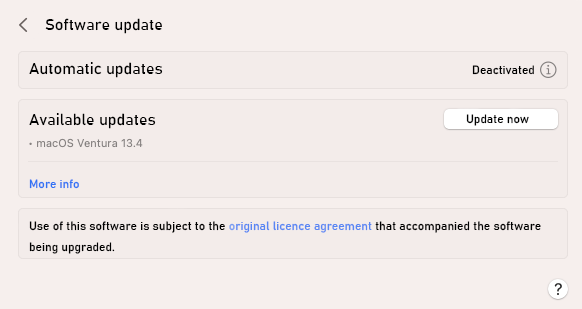
Similarly, it’s essential to update your applications. Many developers release updates that address performance issues, fix bugs, and improve compatibility with the latest macOS version. Check for updates within each application or use the App Store to download and install the latest versions.
Enabling automatic updates can simplify the process by ensuring that your macOS and applications are regularly updated without requiring manual intervention. This way, you can stay up to date with the latest improvements effortlessly.
Additionally, take the time to review your installed applications and remove any outdated or unused ones. Keeping only necessary applications reduces clutter and ensures a more streamlined and optimized system.
Optimize system performance
It’s crucial to optimize its overall system performance to boost the speed and responsiveness of your Mac. Here are some practical strategies you can implement:
- Manage resource-intensive processes: Open the “Activity Monitor” from the Utilities folder in the Applications folder. Identify processes that consume excessive CPU or memory resources and consider quitting or disabling them to free up system capacity.
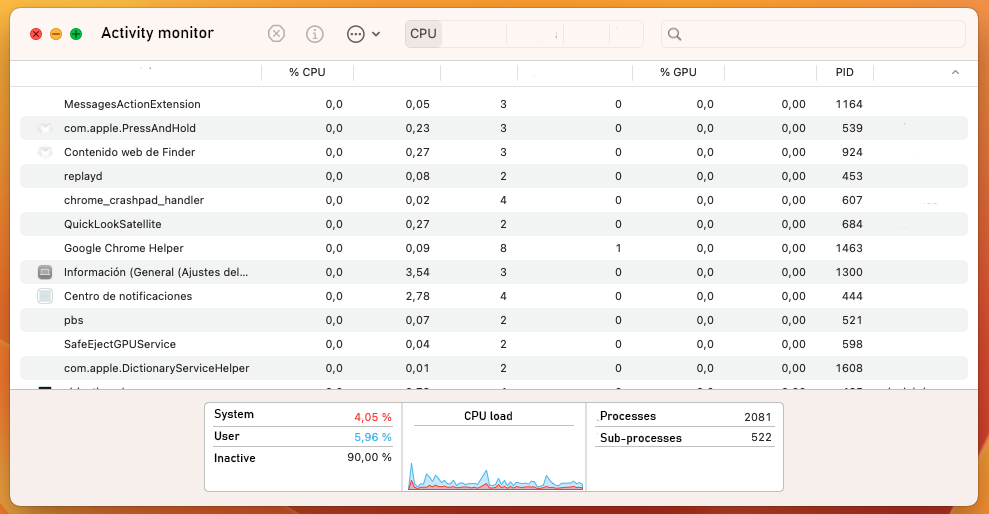
- Adjust visual effects: Navigate to “System Preferences” and open the “Accessibility” or “Dock” settings. Disable or reduce visual effects such as transparency, motion, and animations, as they can consume system resources.
- Clear desktop clutter: A cluttered desktop with multiple files and icons can impact system performance. Organize your files into folders and remove unnecessary items from the desktop to improve the speed and efficiency of your Mac.
- Reduce login items: Go to “System Preferences” and click “Users & Groups.” Select your user account and navigate to the “Login Items” tab. Remove unnecessary applications that launch at login to free up system resources.
- Reset System Management Controller (SMC): In certain situations, resetting the SMC can resolve performance issues. Refer to Apple’s official documentation or consult Apple Support for instructions specific to your Mac model.
Upgrade hardware components (if necessary)
If your Mac still runs slow despite implementing software optimizations and struggling to meet your performance needs, consider upgrading its hardware components. Upgrading the hardware can significantly boost speed and overall system performance. Here are some potential hardware upgrades to consider:
One of the most effective hardware upgrades is increasing the RAM (Random Access Memory) capacity of your Mac. Adding more RAM lets your Mac handle multiple tasks simultaneously and improves its responsiveness.
Another hardware upgrade to consider is replacing your Mac’s traditional hard drive with a Solid State Drive (SSD). SSDs offer faster data access speeds, resulting in quicker boot times, faster application launches, and improved overall system performance.
In some cases, upgrading the CPU (Central Processing Unit) of your Mac may be an option. However, CPU upgrades can be complex and may require professional assistance. It’s vital to research compatibility and consult official guidelines before attempting a CPU upgrade.
If your Mac’s battery is no longer holding a charge or causing performance issues, replacing it with a new one can help improve overall performance and stability.
Before proceeding with any hardware upgrades, it’s essential to research compatibility, consult official guidelines, and consider seeking professional assistance if needed.
How Rambox helps to speed up your mac
The mere fact of using Rambox already presents benefits in terms of consumption since the app’s main objective is to eliminate using different desktop apps or opening several websites in users’ browsers which, in the long run, increases the use of resources in their systems. Rambox concentrates the applications and websites users desire into a single desktop application, which helps mitigate CPU consumption and overflow.
Rambox has an internal App Manager dashboard, which displays real-time metrics for each application and process running within Rambox. Here, users can disable applications or kill processes as well. Open the quick search panel (Alt+Shift+K) and type “app manager” to find it.
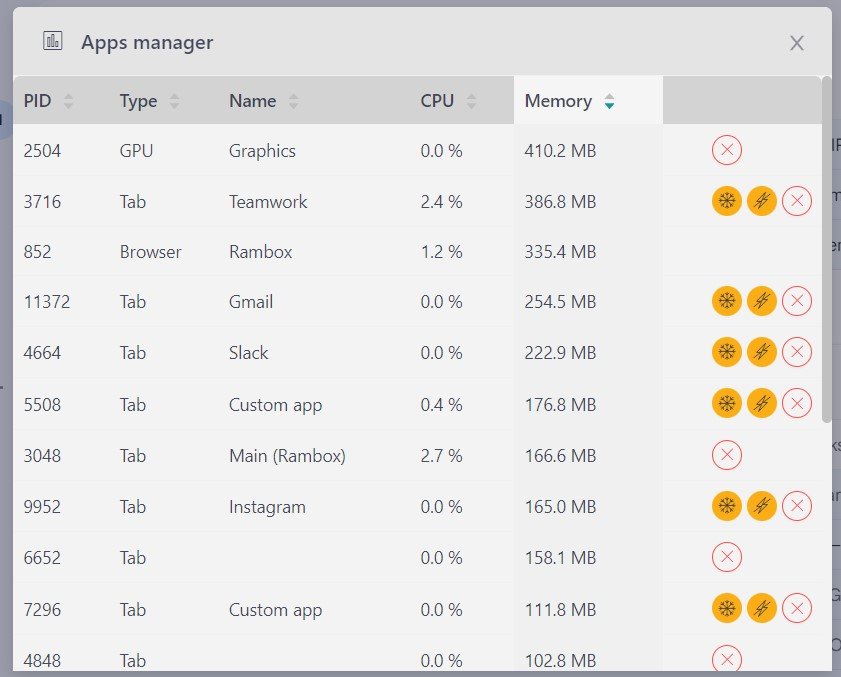
Rambox also allows you to instantly disable applications you are not using, which may consume many resources in the background. Right-click on the application and select “Enabled” to activate or deactivate the application.
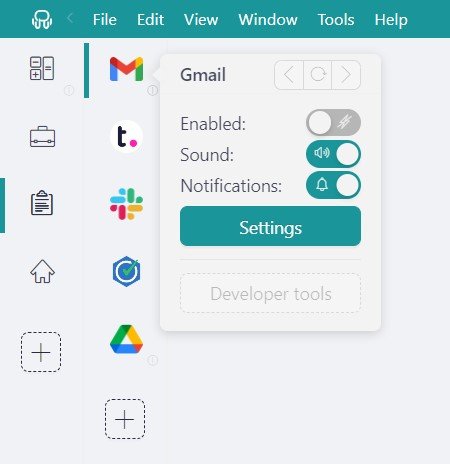
At the same time, Rambox offers an option to automatically hibernate any desired application after a period of idle time, which restricts it from using main memory and pauses its background usage to preserve resources. At this point, you can set some minutes of inactivity, after which the application will be hibernated.
You can also start the desired application that is already hibernated and “wake it up” when you decide to use it.
When Rambox detects that some application is consuming a reasonably high amount of CPU, or if the amount of CPU consumption is unusual for a short time, you will be automatically notified so you can reload or disable the application and prevent it from endangering other applications or slowing down Rambox in general.
If you are overwhelmed by the number of applications you have to work with, consuming your RAM, and making your Mac extremely low, try Rambox for free. All you have to do is download the program, configure it to your liking, and enjoy its functionalities. No cards, no cheating, it’s that simple!
